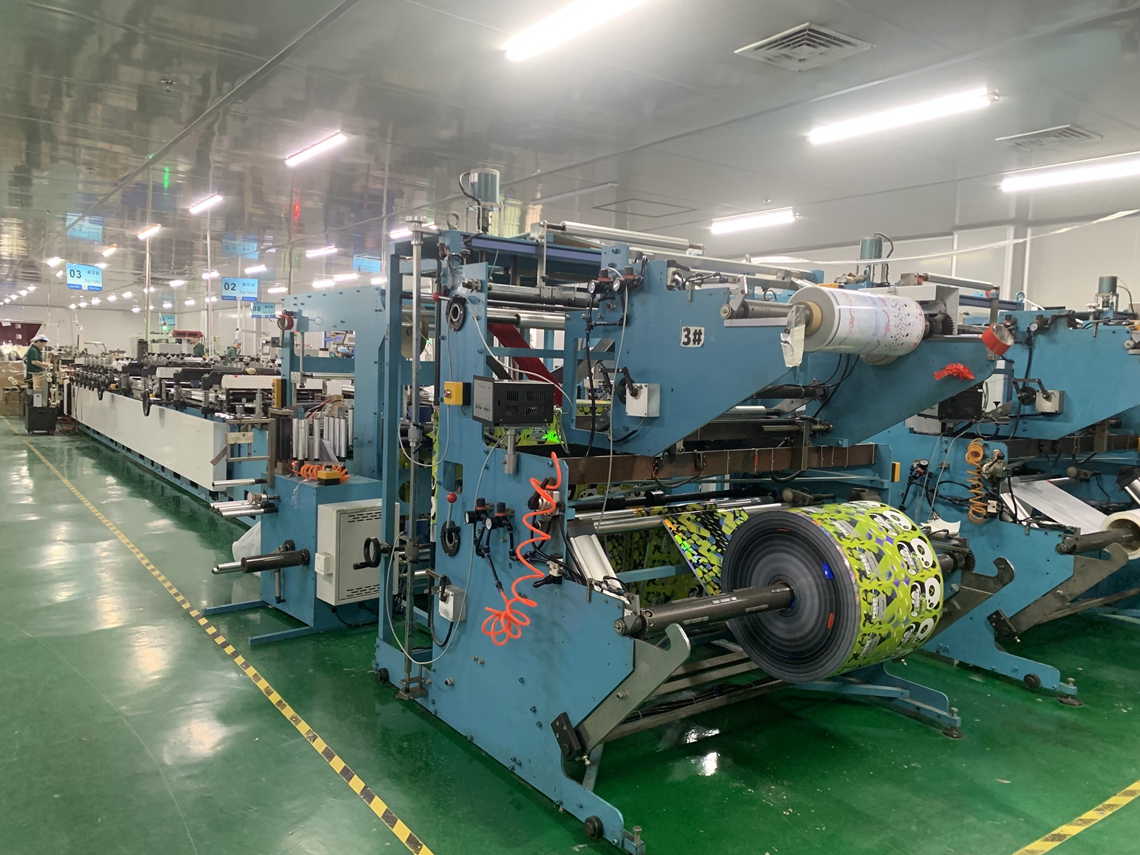Visual Inspection
Examine the packaging bags for any visual defects such as tears, wrinkles, printing errors, or discoloration.
Check for consistent printing quality and alignment of graphics or labels.
Dimensional Checks
Measure the dimensions of the bags, including length, width, and thickness, to ensure they meet the specified requirements.
Seal Integrity
Test the seal integrity by filling the bag with a suitable material (e.g., sand, flour, or water) to the intended capacity. Ensure that the bag does not leak or burst under the specified conditions.
Weight and Capacity
Weigh the bags to confirm that they meet the specified weight or capacity requirements.
Burst Strength
Perform a burst strength test to determine the maximum pressure the bag can withstand before rupturing. This test ensures that the bags can handle the intended contents without failure.
Drop Test
Conduct a drop test to assess the bags' durability during transportation and handling. Drop the bags from different heights to simulate real-world conditions and check for damage.
Environmental Tests
Expose the bags to various environmental conditions, such as temperature and humidity, to assess their resistance to environmental factors.
Chemical Resistance
If the bags are intended for use with specific chemicals or substances, test their resistance to these substances to ensure they do not degrade or react adversely.
Barrier Properties
If the bags are designed to provide a barrier against moisture, oxygen, or other elements, conduct tests to assess their barrier properties.
Tensile Strength
Measure the tensile strength of the bag material to evaluate its ability to withstand stretching or tearing.
Printing Adhesion
Check the adhesion of printed graphics or labels to the bag's surface to ensure they remain intact during handling and storage.

Compliance with Regulations
Ensure that the bags meet any regulatory requirements or industry standards, especially if they are intended for the packaging of food, pharmaceuticals, or hazardous materials.
Aesthetic Evaluation
Assess the overall appearance and aesthetics of the bags, considering factors like color consistency, design, and overall presentation.
Durability
Conduct tests to evaluate the bags' overall durability, including resistance to abrasion and puncture.
User-Friendliness
Evaluate the ease of opening, closing, and handling the bags, especially for consumer products.
Documentation
Maintain detailed records of the testing process, including test methods, results, and any non-conformities.
It's important to tailor the sample testing procedures to the specific requirements of the packaging bags and the industry they are intended for. Regular testing helps ensure that the bags meet quality standards and provide the desired level of protection for their contents.
